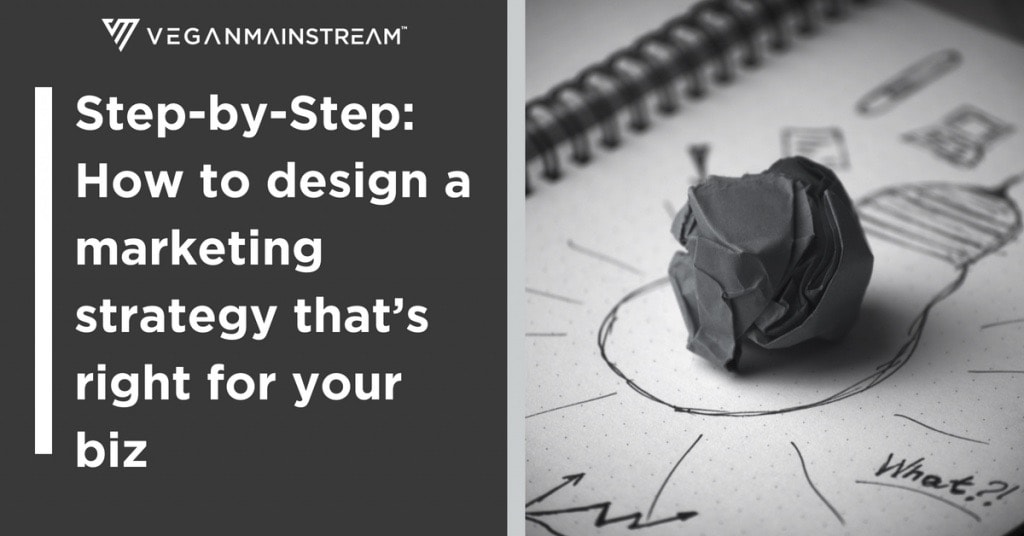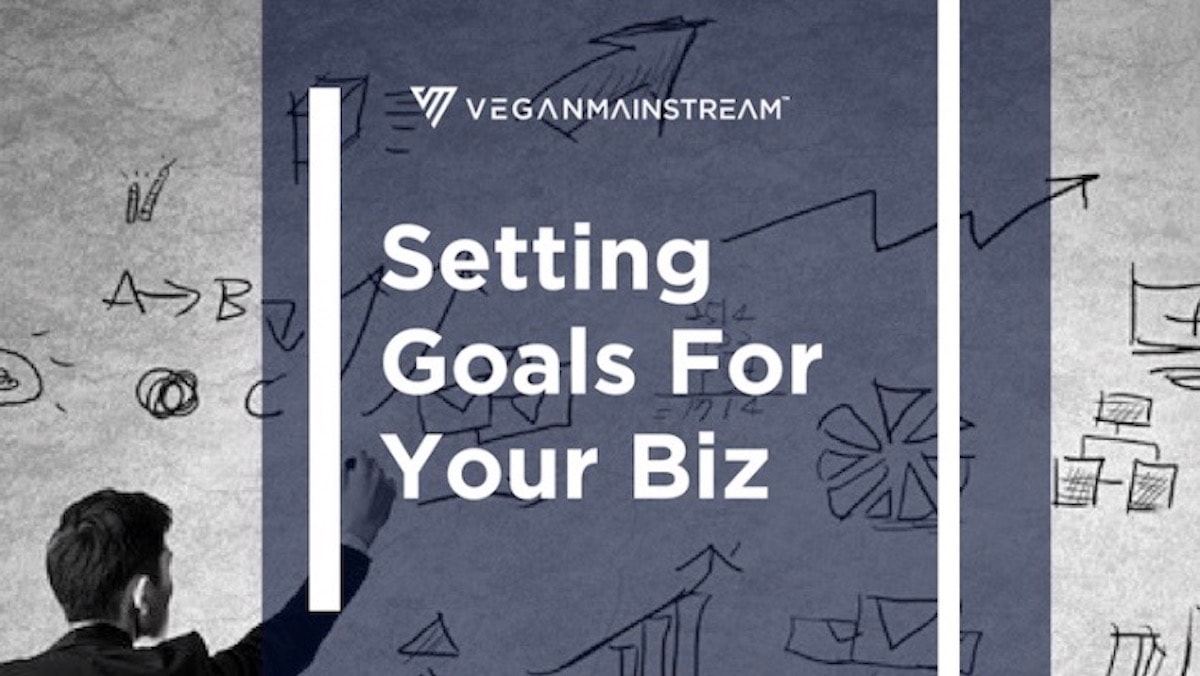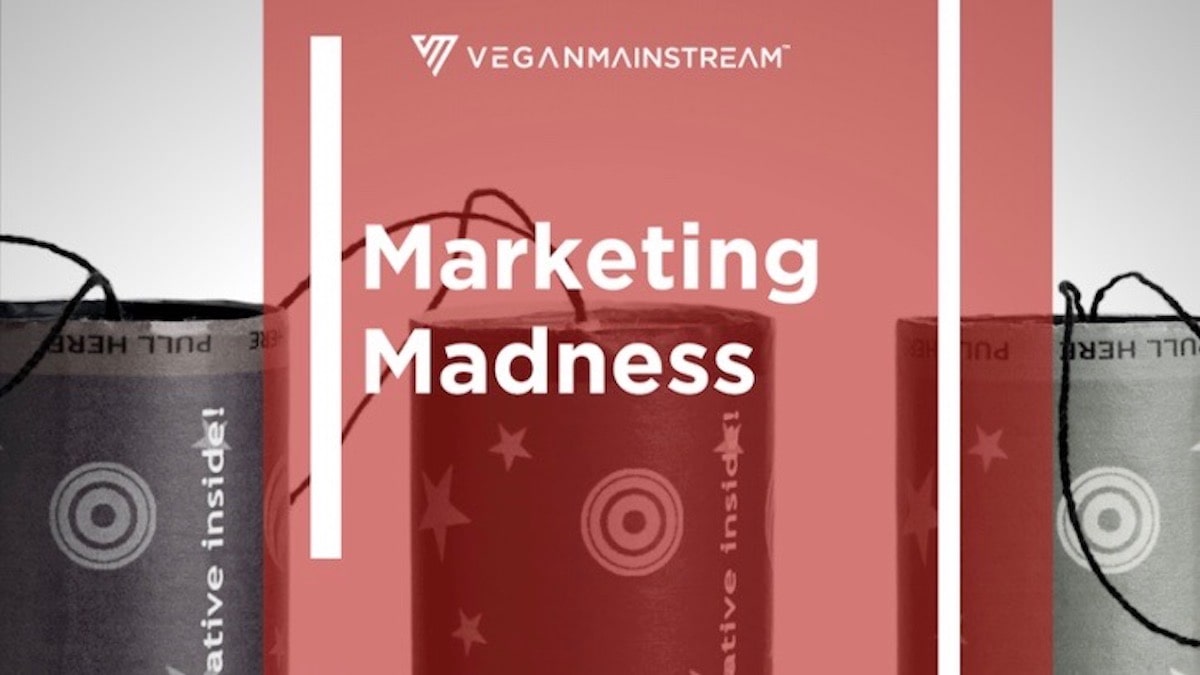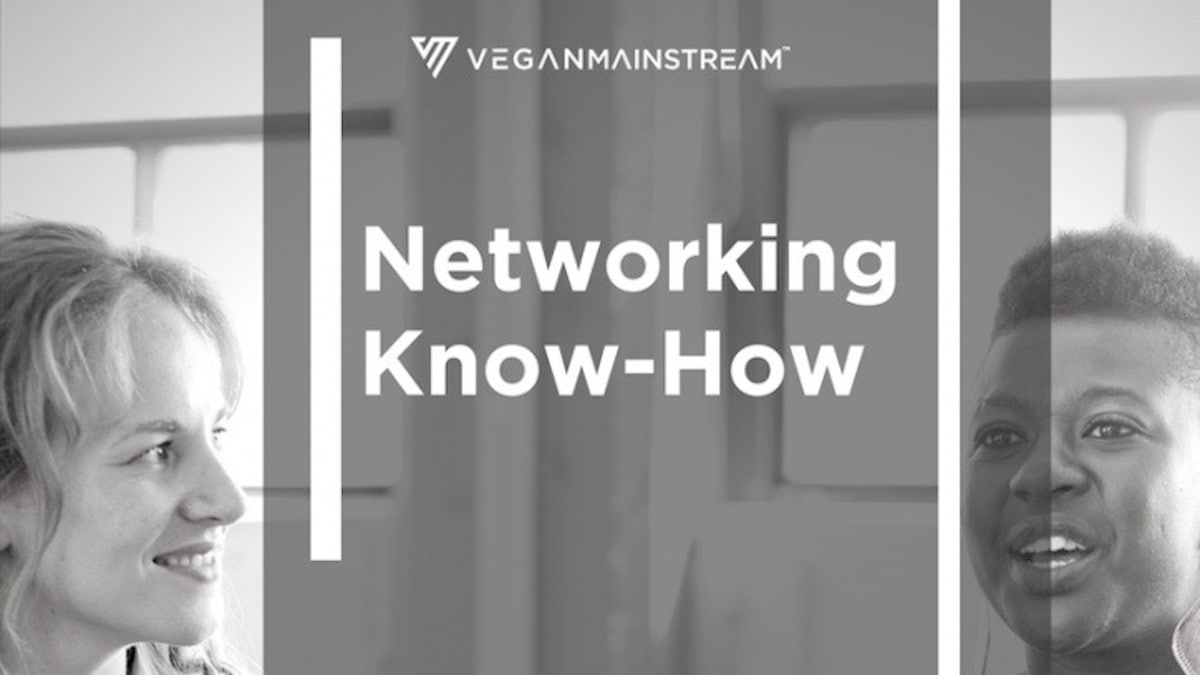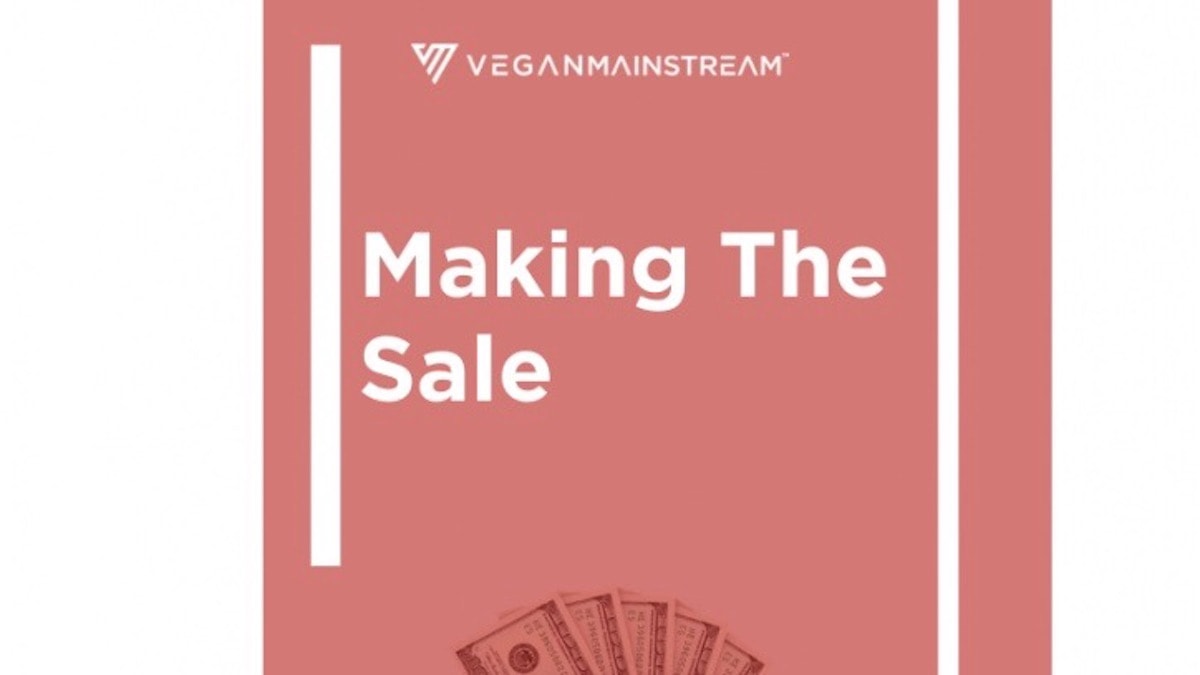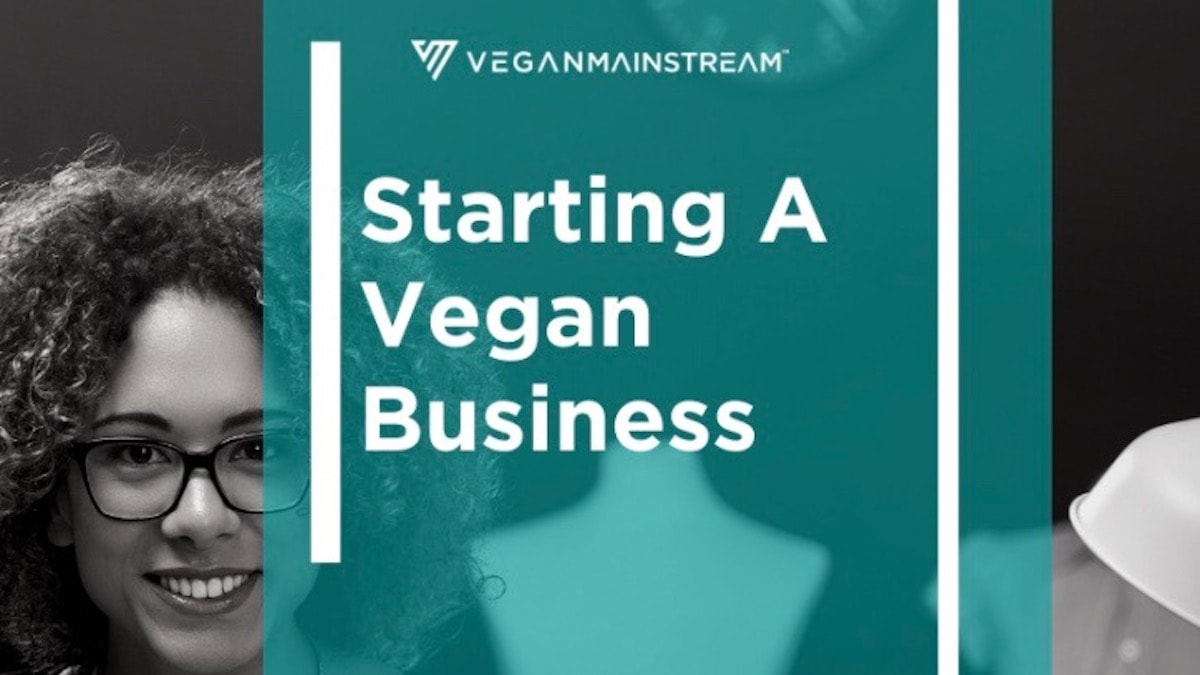In the wonderful world of marketing today there are so many different ways you can market your business, and a plethora of tools that you can use to help you. It’s a varied and exciting scene out there, but to the marketing newbie there’s no doubt that all these options can seem overwhelming.
You may be reading articles that promise a sure-fire way to success, or talking to fellow entrepreneurs who are telling you you must try this marketing tool because it worked like a charm for them. But what works for one business may not necessarily work for another, and so each of us are faced with the challenge of figuring out which marketing strategy or approach will work best for our business. But how do you make those decisions? That’s what this article is designed to help you figure out.
The very first thing you need to do is a quick analysis of what is working well in your existing sales and marketing strategy, and what gaps you need to fill. What I’m talking about is the sales and marketing funnel you have in place, also known as the stages people go through before they buy a product or service from you. What makes them buy? And what makes them come back?
Right off the bat, it’s important to recognize that there are four stages in the funnel:
- Prospecting
- Generating Leads
- Making Conversions
- Encouraging Loyalty
The reason it’s important to recognize these stages is because you can use them to highlight the marketing you already have in place, determine what marketing you should have in place, and how to best focus your efforts to give you a well-rounded strategy. To get started, sit down and write out all the marketing you are currently doing for your business in each of the four areas (if any of the areas don’t apply, leave them blank):
Stage 1: Prospecting
What marketing are you doing to drive prospects (i.e. how are you driving traffic to your business)? You might be doing this via a Facebook page, a Twitter account, other social media, or it might be via speaking engagements or an appearance on a TV or radio show. Whatever it is, write it down under Prospecting.
Stage 2: Generating Leads
Lead marketing includes things like hosting a free webinar, providing free e-books or hosting meetups on- or off-line. Generating leads is different from prospecting because people have to take an action to be part of these activities — i.e. they have to sign up or show up, and this shows a whole new level of engagement. In prospecting someone might like a Facebook page or read a blog post, which shows interest, but that’s pretty mild compared to someone who actually provides their name and email address to take advantage of a webinar or some content that you are offering (and this would qualify as lead generation). So once again, think about what you are doing to generate leads, and write it down.
Stage 3: Making Conversions
What are you doing to actually sell your product/service? Examples might include sending out emails about a special or a sale, or, if you’re at an event, you may be actually selling things, or getting people to sign up for a paid event. Do you offer incentives to encourage people to sign up early? Are you hosting live events to explain your products or services, including a promotional discount if people sign up within 48 hours of your live-streaming video? Once again, write down what you are currently doing in this area.
Stage 4: Encouraging Loyalty
On this list you want to write things you are doing to get people to come back for more, or to refer your product/service to their friends and family. This might include things like giving out credits so they get something free if they refer your business to someone else.
You’ve made your lists — now what?
The lists you have written around the four stages of your marketing funnel should provide insight into where you can best spend your efforts or resources moving forward. As a general rule, it’s a good idea to have 2-3 items per stage. If there are fewer than that in one or more stage, see that as an area of opportunity.
In some cases you might have too many items in one category. If that’s the situation, how do you reduce that list or determine which marketing tactics to focus on? This is where it’s helpful to consider your metrics. It’s time to pull out your social media reports, your google analytics, email subscriber rates and campaign metrics and take a good look. Use this data to see if there are some tactics that outshine their counterparts (keep in mind that your numbers will reflect the effort you have put into any given channel). The objective of this exercise is to make sure you are focused on what can get you the best return on your investment.
You know those cool marketing ideas and tools I mentioned at the beginning of this article? A chart of your sales and marketing funnel is a great way to assess whether they are a good fit for your strategy as it currently stands. If you come across an idea you’d like to try that fits into the “generating leads” category, but you are already focusing most of your efforts there, that may be one to put on the back burner. On the other hand, if you’re light on “encouraging loyalty” items, and you come across a fantastic idea that you want to implement in that area, it’s a no-brainer!
Another good policy to follow when you are trying to decide whether to use a new tool is to ask yourself three questions:
- How easy is this to implement into my business?
- How easy would it be to track the results of this idea/tool?
- How much impact could this have on my business as it is today?
Of course as your business grows you will need to add to your marketing campaign to help you reach larger or new audiences; however I encourage you to be strategic in this process. Never thoughtlessly toss a marketing technique into your general marketing bucket. Instead, always think about how a particular technique will benefit your overall marketing plan, and consider the role it will play in your overall marketing funnel/process.
A Word of Caution
It’s better to run a lean marketing campaign than to try to manage too many moving parts at one time. Once you pick your 2-3 items for each stage of that funnel, put a freeze on adding new tactics for at least six months. I recommend this because you will need time to work on optimizing your marketing, and you don’t want to add another tool before you’ve been able to get the most from the tools you are currently using.
But, What If…?
The steps of any process may look clear cut and simple compared to the reality that any business faces, so I wanted to touch briefly on a strategy you can try if you’ve followed all the advice above, and you’re still not seeing the results you want from your marketing strategy.
If that’s the case, you need to do an assessment to identify what it is in your process that is not working, presenting a problem, or underperforming.
This may be as easy as taking a look at your social media or website statistics. If it’s a tool you find lacking, try to fix it first, before you consider adding something new and different. Once you’ve given it a fair shot, if you’re still not happy with the results, then scrap it, look at your wishlist and add a new tool. Taking this measured approach will stop you from throwing away invested time, while simultaneously allowing you flexibility to switch gears if need be. In addition, if you do need to replace an outdated or underperforming marketing tool, this approach allows you to reallocate time to the new tool, making your overall marketing process more effective since you aren’t overworking yourself or your team by piling on more work without strategically deciding what’s not working.
Wrapping it up
Designing a sales and marketing strategy for your vegan business can be a fun, exciting challenge, and when done properly a good strategy has the potential to make your business soar! Follow the steps above to outline a solid, actionable plan that you and your team can use as a map to make your way through the mire of marketing madness, trading uncertainty and confusion for surefootedness and a clear path to a successful, sustainable business.
Take Action
Start, as suggested above, by doing an analysis of the four stages in your sales and marketing funnel to find out where you need to tweak things to make your process most efficient.

